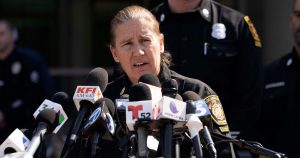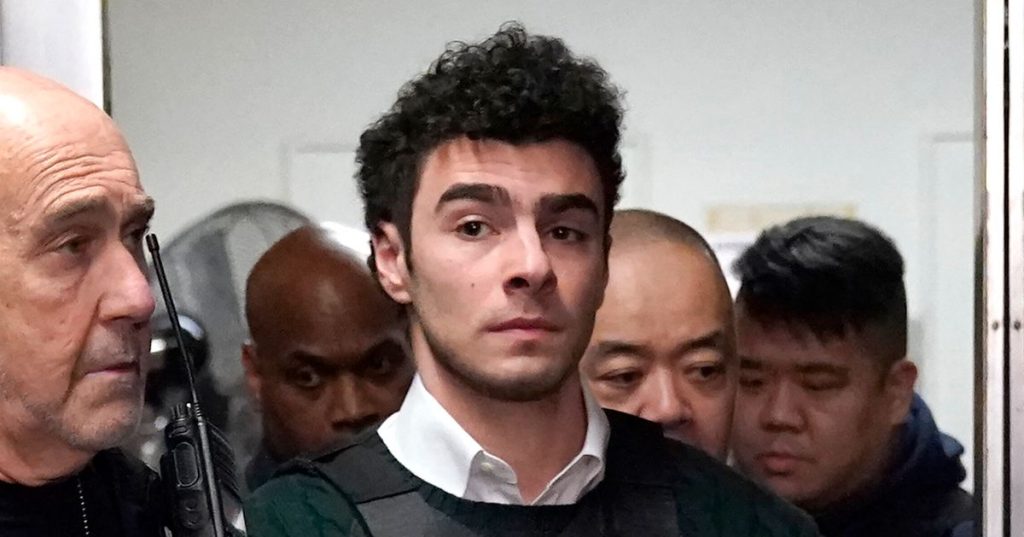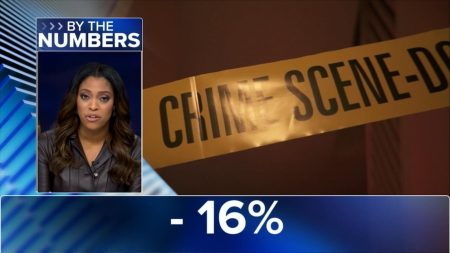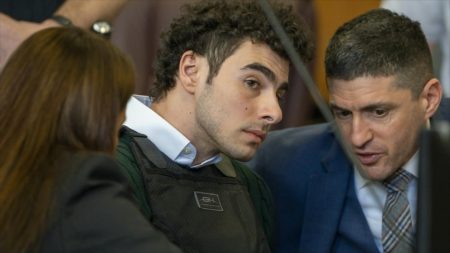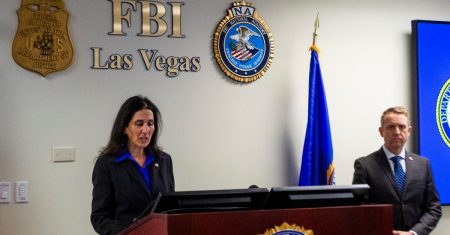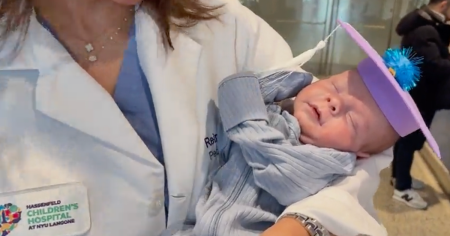Luigi Mangione, the Man Accused of Killing CEO Brian Thompson, Faces Court for the First Time
Luigi Mangione, the 26-year-old accused of murdering United HealthCare CEO Brian Thompson in a shocking act of violence last December, made his first court appearance in New York since his arraignment. The brief status hearing, held on Friday, drew significant attention from the media, the public, and supporters of Mangione. Dressed in a forest green sweater and wearing a bulletproof vest, Mangione was escorted into the courtroom in shackles by security personnel. His lawyer, Karen Agnifilo, requested that the judge allow her client to remove the chains around his arms and legs, but Judge Gregory Carro denied the request, citing the security team’s preference to keep him in restraints, as reported by the BBC. This marked the beginning of what promises to be a highly contentious and closely watched legal battle.
A Divisive Figure: The Charges and Public Reaction
Mangione has been charged with 11 counts, including murder as an act of terrorism, in connection with the slaying of Brian Thompson on December 4 during the health care giant’s annual conference. The case has sparked a wide range of reactions from the public, with some expressing tacit approval or even celebration of the act, while others view it as a straightforward homicide. The polarized response to the case underscores the deep-seated feelings of frustration and anger that many people harbor toward corporate executives and the healthcare industry, particularly in light of rising healthcare costs and perceived injustices in the system. This public sentiment has added a layer of complexity to the case, as it raises questions about the motivations behind the killing and the societal context in which it occurred.
A sea of Green: Supporters Flock to the Courtroom
The courtroom was filled not only with members of the press but also with dozens of supporters of Mangione, many of whom were women. Some of these supporters chose to wear green, the same color as Mangione’s sweater, in a show of solidarity. The atmosphere in the courtroom was tense but also emotional, as Agnifilo’s arrival was greeted with applause, which was quickly silenced by security officers. This display of support highlights the unusual nature of the case, where the alleged perpetrator has drawn a level of sympathy and admiration from some segments of the public. It also raises questions about the factors that might contribute to such a reaction, including the broader societal issues that may have influenced Mangione’s actions.
Legal Challenges: Delays and Difficulties in Preparing the Defense
Agnifilo, Mangione’s lawyer, argued that her team needed more time to access and review the evidence in the case. This evidence includes police body camera footage, surveillance footage, data from a cellphone found near the scene, and forensic testing information. Agnifilo expressed concerns about the challenges her team faces in preparing the defense, particularly due to Mangione’s current confinement in a Brooklyn federal prison. She noted that her client is constantly surrounded by law enforcement, which has made it difficult for the defense team to meet with him before and after court proceedings. Judge Carro set deadlines for motions in the case but did not schedule a trial date, leaving the timeline for the proceedings uncertain.
The Security Surrounding Mangione: A Reflection of the Case’s High Profile
The high level of security surrounding Mangione reflects the gravity and notoriety of the case. During his arraignment in December, Mangione was flown into Manhattan by helicopter, accompanied by New York City Mayor Eric Adams and a heavily armed police escort. This dramatic and unprecedented arrangement underscored the public and political sensitivity of the case. The use of a bulletproof vest and shackles during his court appearance further emphasizes the authorities’ concerns about potential risks and threats, both to Mangione and from him. The intense security measures also serve as a reminder of the intense media and public scrutiny that this case has attracted.
The Evidence Against Mangione: A Chilling Account of the Crime
The evidence presented against Mangione paints a chilling picture of the crime. Security footage from December 4 shows a masked figure approaching Brian Thompson from behind on a street outside a midtown Hilton in the early morning hours. The figure fires several shots into Thompson’s back before fleeing the scene. Investigators allege that Mangione fled the city through Central Park after the shooting and was later recognized at a McDonald’s in Pennsylvania five days later, where he was taken into custody. At the time of his arrest, Mangione was reportedly carrying multiple pieces of fake identification, a statement about the murder, and a ghost gun, a type of untraceable DIY weapon. These findings have led to additional non-murder charges against Mangione in Pennsylvania, while federal prosecutors are pursuing a separate murder case that could carry the death penalty.
The Broader Implications: A Case That Sparks Debate and Reflection
The case of Luigi Mangione and the killing of Brian Thompson has sparked intense debate and reflection on a variety of issues, from the motivations behind the crime to the public’s reaction to it. While some view the killing as an act of terrorism, others see it as a symptom of deeper societal problems, such as frustration with the healthcare system and corporate leadership. The fact that Mangione has drawn a level of public support, as evidenced by the attendees at his court hearing, adds another layer of complexity to the case. As the legal proceedings continue, the case is likely to remain a focal point for discussions about justice, accountability, and the factors that drive individuals to commit violent acts. The outcome of the trial will not only determine the fate of Luigi Mangione but also serve as a reflection of how society chooses to address and understand such tragedies.


